Light Venus Expands Production Capacity with Additional Rotational Molding Machines
Light Venus has strategically expanded its production capacity by adding two new rotational molding machines. This initiative directly responds to the dynamic needs of our diverse clientele, enabling us to deliver precise, durable, and innovative rotomolded products with even faster delivery times.
 Jun 20,2025
Jun 20,2025 
5000 Square Meters Rotomolding Facility Expansion Is Now Operational at Light Venus
Light Venus has officially commenced operations at its newly expanded 5,000-square-meter rotomolding facility. This strategic expansion underscores the company’s commitment to meeting growing global demand for high-quality, durable rotomolded products across industries.
 Jun 19,2025
Jun 19,2025 
What Are the Common Applications of Rotomolded Products
Rotomolded products are widely applied in industries like industrial equipment, agriculture, farming, automotive, transportation, medical instrument, construction and infrastructure, sport, marine, leisure, boating, and more
 Jun 15,2025
Jun 15,2025 
What are the Advantages of Rotational Moulding in the Production of Medical Equipment
From its design flexibility and cost - effectiveness to its durability and compliance with medical standards, rotational moulding provides a reliable and efficient solution for businesses in the medical industry
 Jun 14,2025
Jun 14,2025 
How to Prevent Warping During the Cooling in Rotational Molding Process
Preventing warping during the cooling stage of the rotational molding process requires a comprehensive approach that involves optimizing mold design, carefully controlling the cooling process, selecting appropriate materials, and implementing post - cooling treatments.
 Jun 08,2025
Jun 08,2025 
Why Are Rotational Molding Processes Widely Used for Large Equipment Enclosures
Rotational molding has become a preferred manufacturing method for large equipment enclosures, such as those for industrial machinery, agricultural equipment, and outdoor enclosures.
 Jun 04,2025
Jun 04,2025 
Another Custom Rotomolding Project Successfully Kicks Off at Light Venus
Light Venus proudly announces the kickoff of a new custom rotomolding project, showcasing expertise in creating high-performance, corrosion-resistant automotive parts
 May 31,2025
May 31,2025 
Key Considerations for Installing Rotomolding Molds on Rotomolding Machines
The installation of rotomolding molds on rotomolding machines in a rotomolding factory requires careful attention to detail, strict adherence to safety protocols, and proper use of equipment and techniques.
 May 27,2025
May 27,2025 
How to Prevent Sticking and Jamming in Roto Molding Process
Practical solutions to addressing sticking and jamming issues in the roto molding process, including understanding the root causes, choosing the right materials and processes, maintaining the equipment, and investing in staff training.
 May 19,2025
May 19,2025 
 Tel: 0086-13632687993
Tel: 0086-13632687993  Email: roto@lightvenus.com
Email: roto@lightvenus.com

 Home
Home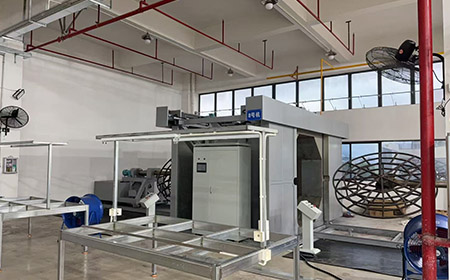
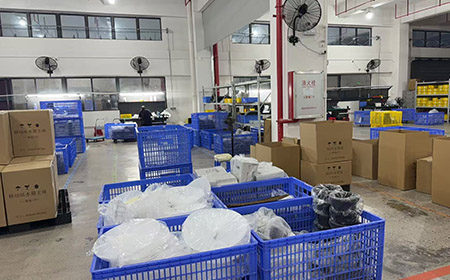
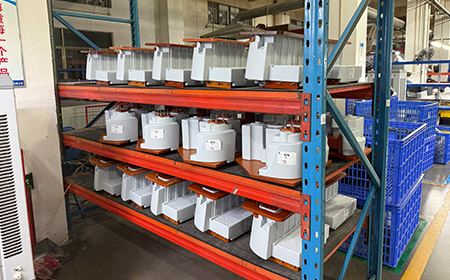
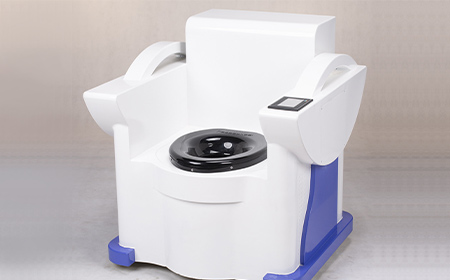






 You May Also Like
You May Also Like
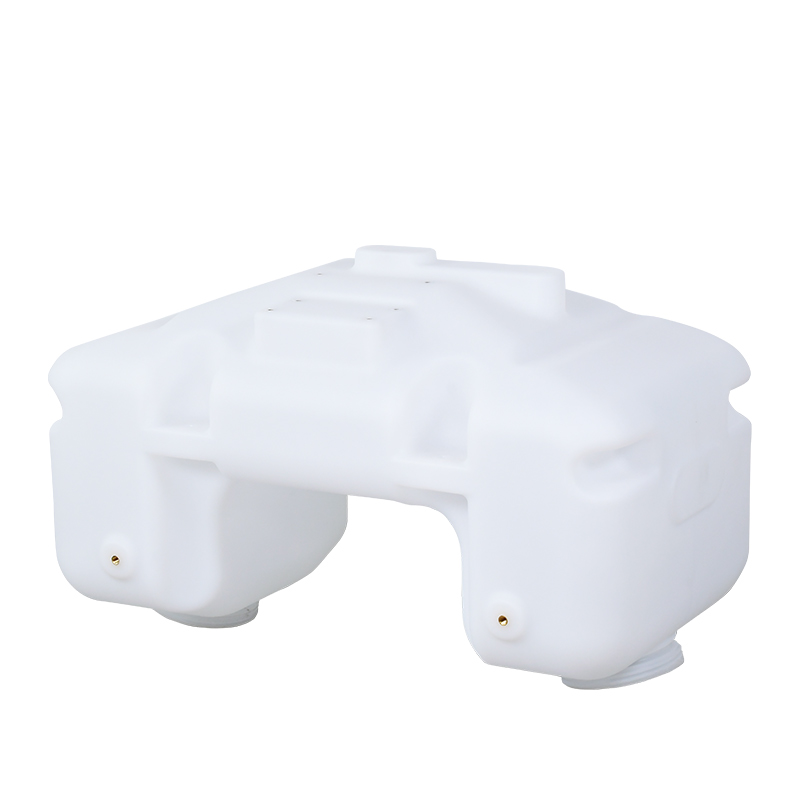


 Tel
Tel
 Email
Email
 Address
Address








